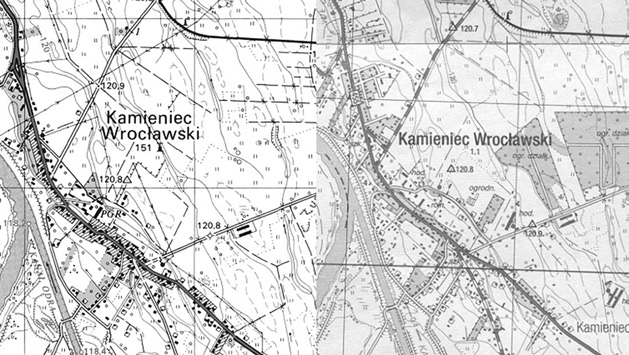The socialist period in Poland and other states in Central and Eastern Europe was associated with the country’s planned industrialisation and urbanisation. The effect of such a policy was the progressive development of urban areas, especially large cities, and an increase in the concentration of population in their area. This growth was fostered by the location of new industrial plants within the cities, the influx of people from rural areas, and socialized housing construction, in which the leading role was played by the construction of prefabricated block housing estates in cities. In parallel, the development of cities occurred during this period at the expense of the deceleration of suburbanisation in their surroundings. However, the end of the socialist period and the beginning of the transition period witnessed the development of single-family housing in the hinterland zones of large Polish cities. In fact, the spread of the private car and the liberalisation of land prices triggered a second wave of suburbanisation processes in suburban areas. The purpose of this article was to identify the main trends in housing construction in the hinterland zone of Wrocław in the years 1971–2011 and to determine the spatial effects of these processes in relation to morphological changes in suburban villages. It was assumed that the beginning of the transformation period (1989–2002) was associated with a change in the locations of concentration of construction activity,moving away from the core city and its satellite towns at the end of the socialist period (1971–1988) toward the core city and the villages of the suburban zone in the modern period (2002–2011).
DOI: https://doi.org/10.31577/archandurb.2024.58.1-2.7

This work is licensed under a Creative Commons Attribution 4.0 International License



